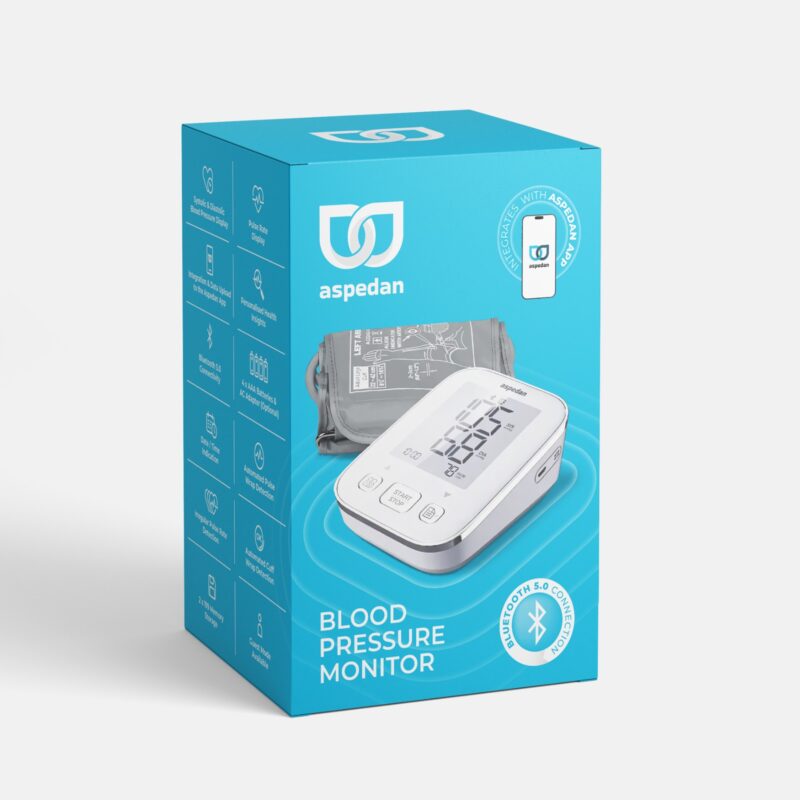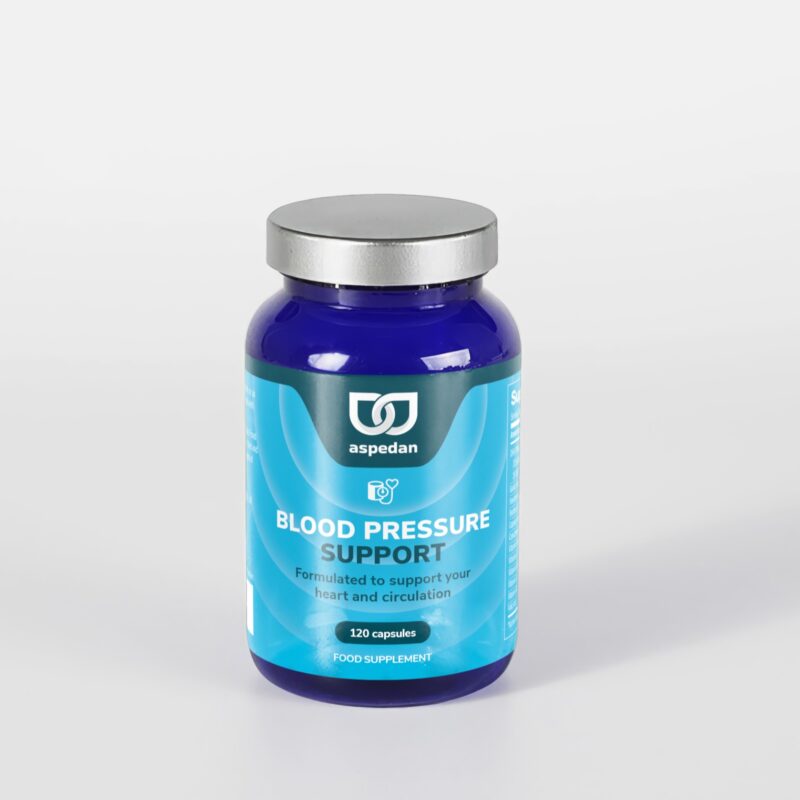🩸 Blood Volume Calculator
Clinical tool for calculating total blood volume, RBC volume, and plasma volume
📊 Calculation Results
📋 Clinical Notes
This calculator uses validated formulas from medical literature. For neonates and children <25kg, it uses weight-based multipliers. For children ≥25kg and adults, it uses the Nadler formula with height and weight.
🎯 Normal Ranges
Weight and height ranges are automatically adjusted based on patient category. Hematocrit normal range is 36-51% across all age groups. Values outside normal ranges will show warnings.
🔬 Calculations
RBC volume = Total blood volume × (Hematocrit/100). Plasma volume = Total blood volume × (1 - Hematocrit/100). Hematocrit input is required for these calculations.
Estimating blood volume is an essential component of clinical assessment. At Aspedan, we’ve developed a medically validated and user-friendly Blood Volume Calculator to help healthcare professionals, students, and health-conscious individuals understand the total blood volume (TBV), red blood cell (RBC) volume, and plasma volume with accuracy. Even if you’re a doctor calculating perioperative needs, a midwife monitoring a pregnant patient, or someone just curious about how much blood is in your body, our calculator offers a reliable solution using trusted formulas like Nadler’s and Lemmens-Bernstein-Brodsky equations.
This tool is especially useful in critical settings such as transfusion planning, fluid management, or anaesthesia evaluation, where a patient’s estimated blood volume (EBV) is crucial. Built with precision and simplicity in mind, the Aspedan blood volume calculator provides quick results while allowing custom input for variables like weight, height, sex, and haematocrit. This article explores how our calculator works, the science behind the formulas, and the significance of blood volume in the human body. Whether you’re here for professional or personal insights, you’re in the right place.
How Does This Blood Volume Calculator Work?
The calculator works by inputting a user’s sex, height, weight, and optionally, their haematocrit value (the percentage of red blood cells in blood). Based on this data, it applies a validated equation to compute the total blood volume in either litres or millilitres. For patients under 25 kg (like infants or children), it uses weight-based multipliers, while for those over 25 kg or adults, it utilises either Nadler’s or Lemmens-Bernstein-Brodsky’s equation, depending on clinical relevance.
Our calculator on Aspedan.com also estimates RBC and plasma volumes if haematocrit is provided. The RBC volume is calculated by multiplying TBV by haematocrit/100, while plasma volume is determined by subtracting the RBC volume from TBV. This layered insight is particularly useful in evaluating anaemia, haemodilution, or planning fluid resuscitation in hospital settings.
Designed with responsive input options, users can toggle between metric and imperial units (cm/in, g/kg), enhancing accessibility and precision. The tool displays instant validation and ranges to ensure accurate and clinically meaningful inputs.
Nadler’s Equation for Total Blood Volume – Method 1
Nadler’s formula is one of the most commonly accepted methods for calculating estimated blood volume (EBV) in both clinical and research settings. This formula takes into account the patient’s sex, height, and weight, making it highly accurate for adults and adolescents with a stable BMI. The formula is different for men and women due to natural physiological differences in body composition.
For men, the formula is:
0.3669 × height (m)³ + 0.03219 × weight (kg) + 0.6041
For women, it’s:
0.3561 × height (m)³ + 0.03308 × weight (kg) + 0.1833
The result is in litres and gives a realistic estimate of how much blood is circulating in the body. On Aspedan, once you enter the required parameters, our tool uses these formulas automatically, providing immediate and reliable results. This method is ideal for use in adults undergoing surgery, intensive care patients, or even athletes managing training loads. The Nadler equation is considered accurate up to moderate obesity levels but may require adjustments in extremely high BMI cases.
Lemmens-Bernstein-Brodsky Equation for Estimated Blood Volume – Method 2
For individuals with a BMI over 30, especially those with severe obesity, Nadler’s formula may underestimate actual blood volume. The Lemmens-Bernstein-Brodsky (LBB) equation offers a refined approach by correcting for the limitations in traditional formulas for this population. It accounts for lean body mass, which provides a more accurate reflection of the true blood volume in overweight and obese patients.
The LBB method uses adjusted body weight (ABW) and applies a tailored multiplier to better represent the body’s vascular volume. Though less commonly used than Nadler’s formula, it is considered clinically superior in bariatric anaesthesia, intensive care, and metabolic studies involving obese patients.
At Aspedan, when users input a BMI suggesting obesity, we provide a prompt to consider this method, giving healthcare providers the best choice for their patients. This flexibility reflects our commitment to both accuracy and clinical utility. The blood volume calculator is, therefore, not only a universal tool but also an adaptive one, capable of tailoring calculations to individual patient profiles.
How Does Blood Volume Affect Blood Pressure?
Understanding blood volume on blood pressure is vital for both clinicians and patients. Blood pressure (BP) is largely influenced by cardiac output and vascular resistance, and blood volume directly affects both. When blood volume increases (hypervolemia), it elevates venous return, leading to higher cardiac output and increased BP. Conversely, a low blood volume (hypovolemia), such as during dehydration or haemorrhage, reduces BP and may result in shock.
In clinical settings, controlling blood volume is essential. For instance, in ICU patients, fluid resuscitation is guided by accurate blood volume estimation. In hypertensive individuals, reducing fluid overload through diuretics or lifestyle changes can improve BP control.
The Aspedan Blood Volume Calculator helps visualise how underlying changes in volume affect systemic function. By estimating TBV, and optionally plasma and RBC volumes, clinicians can better understand fluid status, oxygen-carrying capacity, and vascular resistance all of which tie into blood pressure dynamics.
Special Considerations
Blood Volume in Pregnancy
Pregnancy introduces significant physiological changes, including a 30–50% increase in blood volume to support the growing foetus and placenta. This expansion begins early in gestation and peaks around the 32nd week. While RBC mass increases too, plasma volume increases more, leading to a dilutional anaemia often observed in expectant mothers.
Monitoring blood volume is vital to assess maternal haemodynamics, especially in cases of preeclampsia, anaemia, or suspected haemorrhage. The Aspedan calculator can help practitioners evaluate approximate changes using custom weight inputs, even if the user is in the second or third trimester.
Blood Volume in Children and Neonates
Children, particularly neonates and infants, have higher blood volume per kg compared to adults. For instance, a newborn has approximately 85–100 mL/kg, whereas an adult has 60–70 mL/kg. This is due to their increased metabolic rate and higher oxygen demands.
In paediatrics, accurate volume estimation is crucial for medication dosing, transfusions, and managing conditions like dehydration or sepsis. Aspedan’s calculator uses age-specific multipliers to adapt the calculation, offering specific categories like “term neonate”, “infant 1–4 months”, or “child under 25 kg”. This ensures safety, precision, and clinical relevance.
Blood Volume in Athletes
Endurance athletes, especially runners and cyclists, often experience blood volume expansion as an adaptive response to training. This is known as sports anaemia, where plasma volume increases faster than red cell mass, causing apparent dilution. It’s not a pathology but a beneficial adaptation for better thermoregulation and oxygen transport.
Tracking blood volume helps coaches and sports physicians optimise training and recovery. With the Aspedan calculator, athletes can input their changing body metrics and understand fluctuations in blood volume over training cycles, helping fine-tune performance strategies.
Blood Volume Chart by Age, Sex & Weight
A blood volume chart offers a quick reference for clinicians and researchers. Below are approximate average values:
Group | Blood Volume | Notes |
Adult Male | 75 mL/kg | ~5–6 litres total |
Adult Female | 65 mL/kg | ~4–5 litres total |
Newborn | 85–100 mL/kg | Higher due to rapid metabolism |
Child (1–10 yrs) | 70–80 mL/kg | Depends on the growth stage |
Pregnant Woman | +30–50% from baseline | Peaks in the 3rd trimester |
Aspedan’s tool automatically calculates within these parameters, and where necessary, provides alerts if inputs deviate from normal reference ranges.
Frequently Asked Questions (FAQs)
How Do I Calculate Total Blood Volume Manually?
You can calculate total blood volume manually using Nadler’s formula. Input your height in metres and weight in kilograms, then apply the sex-specific constants. However, for ease and precision, we recommend using the Aspedan Blood Volume Calculator, which handles unit conversions, validation, and even optional haematocrit analysis automatically.
What Is a Normal Blood Volume by Weight?
For adults, normal blood volume is typically 65–75 mL/kg. For children and infants, it ranges from 70 to 100 mL/kg. These ranges can vary based on fitness, sex, health status, and hydration levels. Knowing your body weight in kilograms helps estimate TBV accurately.
How Does Pregnancy Affect Blood Volume Levels?
During pregnancy, blood volume increases by up to 50%, especially plasma volume. This helps support foetal growth and prevent postpartum complications. However, it can lead to dilutional anaemia. Monitoring changes via tools like Aspedan’s calculator can help clinicians detect deviations from expected physiological patterns.
Can I Increase My Blood Volume Naturally?
Yes. Strategies include:
- Staying hydrated
- Endurance training (for athletes)
- Consuming iron-rich foods
- Managing anaemia
In clinical contexts, blood volume is increased through intravenous fluids or transfusions. If you’re unsure, consult a GP before attempting any interventions.
What’s the Average Blood Volume in Litres for Adults?
An adult male typically has 5.0 to 6.0 litres, while an adult female has 4.0 to 5.0 litres of blood. Factors like weight, height, sex, and pregnancy can shift these numbers slightly. You can use the Aspedan calculator to generate your precise number in seconds.













